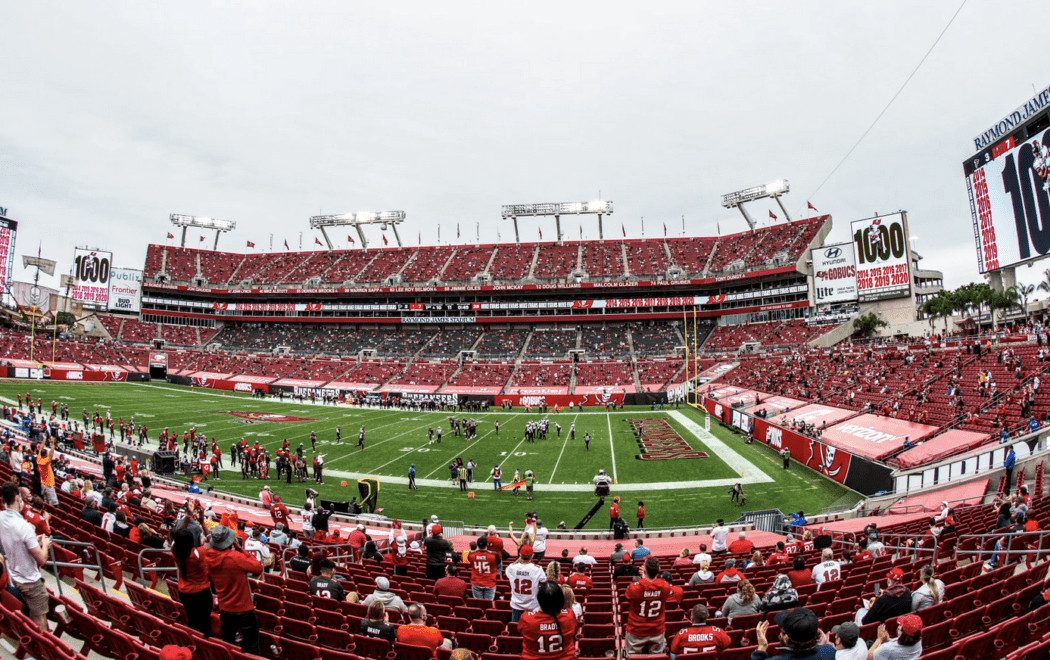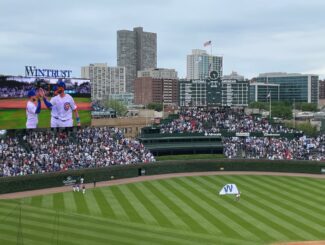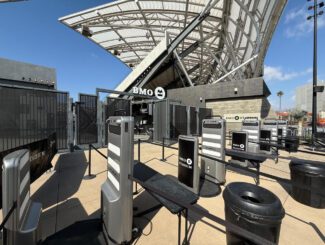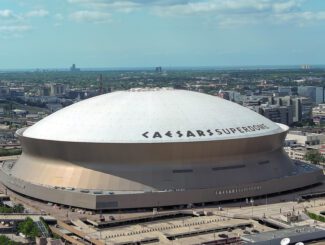
The limited number of fans being allowed to view Super Bowl LV live at Tampa’s Raymond James Stadium should have no problem finding wireless connectivity inside the venue, thanks in part to new deployments that include a renovated 4G LTE distributed antenna system (DAS) and 5G cellular infrastructure from Verizon.
Ordinarily, the Super Bowl would be the place where once again new records would be set for wireless data consumption, as fans at the “big game” would spend most of their time there posting updates on social media to let their less-fortunate friends know just how good a time they were having either cheering on their favorite team or just being a part of the nation’s yearly biggest single-day sporting event.
But in the face of the Covid-19 pandemic, Super Bowl LV will be a big game unlike any other, with only about 22,000 fans allowed in the stadium because of health concerns. But Verizon, as it usually does ahead of the Super Bowl, said it has spent somewhere north of $80 million to upgrade its systems in and around Raymond James Stadium and the greater downtown Tampa area, not necessarily for this year but also for the big events expected in the near future at a venue known for hosting big events like the college football playoff championships and Wrestlemania.
“This is all being built for the next Super Bowl, or when the WWE [Wrestlemania] comes to town,” said Brian Mecum, vice president for device technology and sports partnerships for Verizon, in a phone interview. For the reduced crowd fortunate enough to be at Super Bowl LV on Feb. 7, and for all the big crowds that will soon (we hope) be able to attend future events, Verizon has put in place a renovated DAS as well as a “robust” 5G millimeter wave deployment that will bring the next level of wireless connectivity to cellular customers across the board.
Verizon said it has also installed 281 small cell antennas to provide permanent extended cellular coverage around town, both in and around Raymond James Stadium as well as in downtown Tampa, the Tampa Riverwalk, and in nearby Ybor City.
All carriers are on the new DAS
While he would not reveal an exact count of the number of antennas or remotes in the new stadium DAS infrastructure, Mecum was able to confirm that all three major U.S. cellular carriers — Verizon, AT&T and T-Mobile — will be participating in using and paying for the DAS, meaning that customers of any of the aforementioned providers will be able to take advantage of new deployments, including some new under-seat antenna enclosures.
“It’s not good for the public if people are boxed out,” said Mecum, praising the “good relationship” between the carriers around the stadium DAS.
Verizon customers, however, will have the added advantage of being able to connect to 5G services at Raymond James Stadium, if they have an advanced handset that supports the company’s 5G signals. While there aren’t really any applications that can only be used on 5G, Mecum did say that 5G connections are “about 25 times faster than 4G,” so overall a user experience on 5G should be better.
Like in many other NFL stadiums, at Raymond James Stadium Verizon also does have an autoconnect feature that will switch Verizon customers over to the venue’s Wi-Fi network if their devices have their Wi-Fi radios active. But Mecum did suggest that Verizon customers at the game who have 5G-capable phones may want to turn Wi-Fi off at the event, to take advantage of the 5G connectivity.
“We do have Wi-Fi authentication [at Raymond James Stadium] but I would say stay on 5G if you can,” Mecum said.
MatSing antennas and upgraded Wi-Fi
We are still waiting to hear back from the Tampa Bay Buccaneers about improvements made to the venue’s Wi-Fi network, and will provide details when we receive them. We also have seen several recent photos of the stadium showing deployments of a few MatSing lens antennas, something we’ve seen at several recent Super Bowls where MatSings are used to provide direct connectivity to sidelines, typically for media and photography bandwidth.









